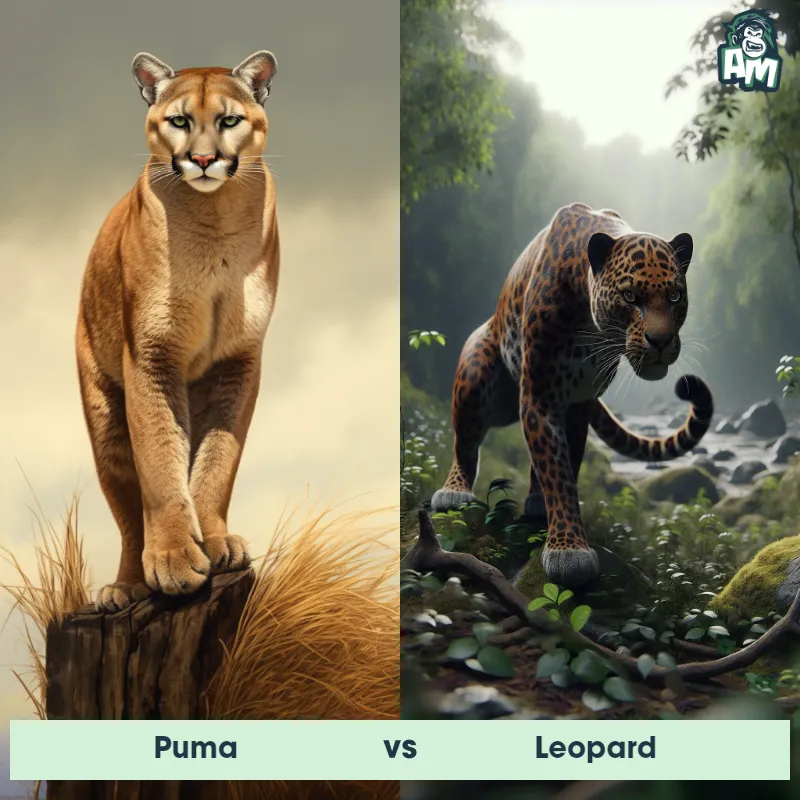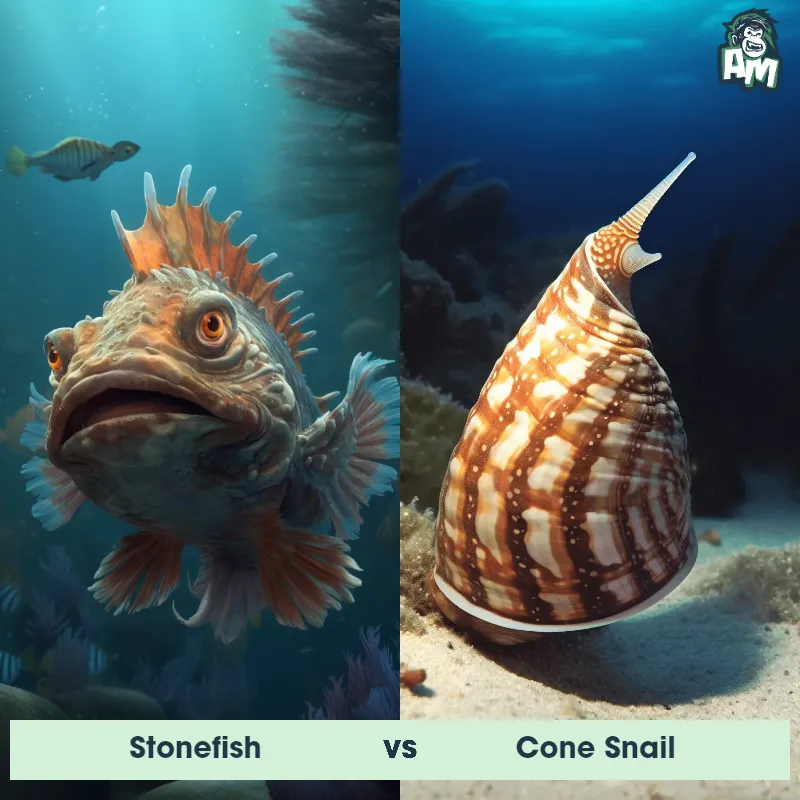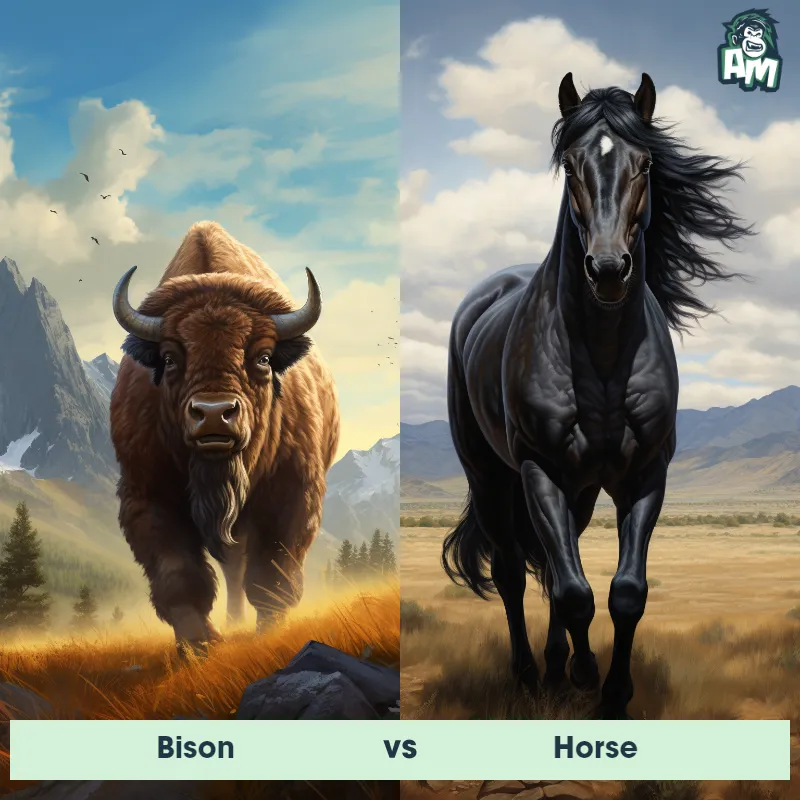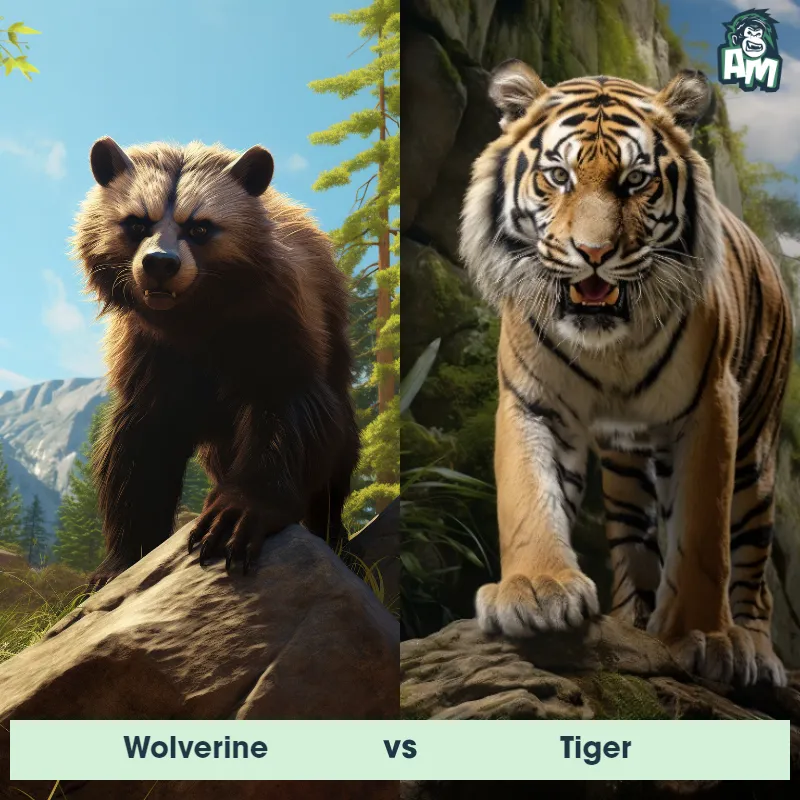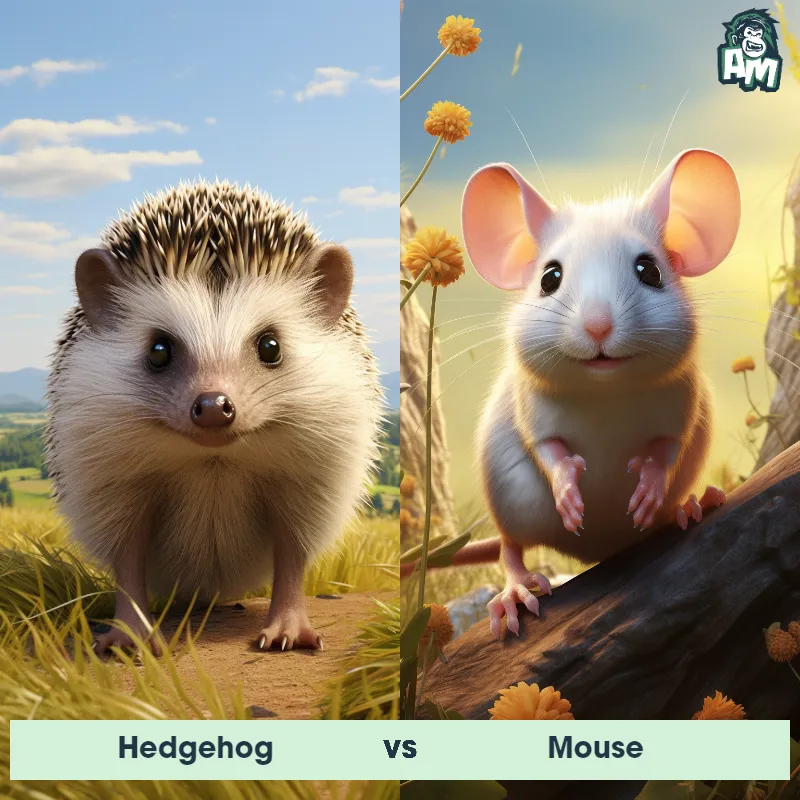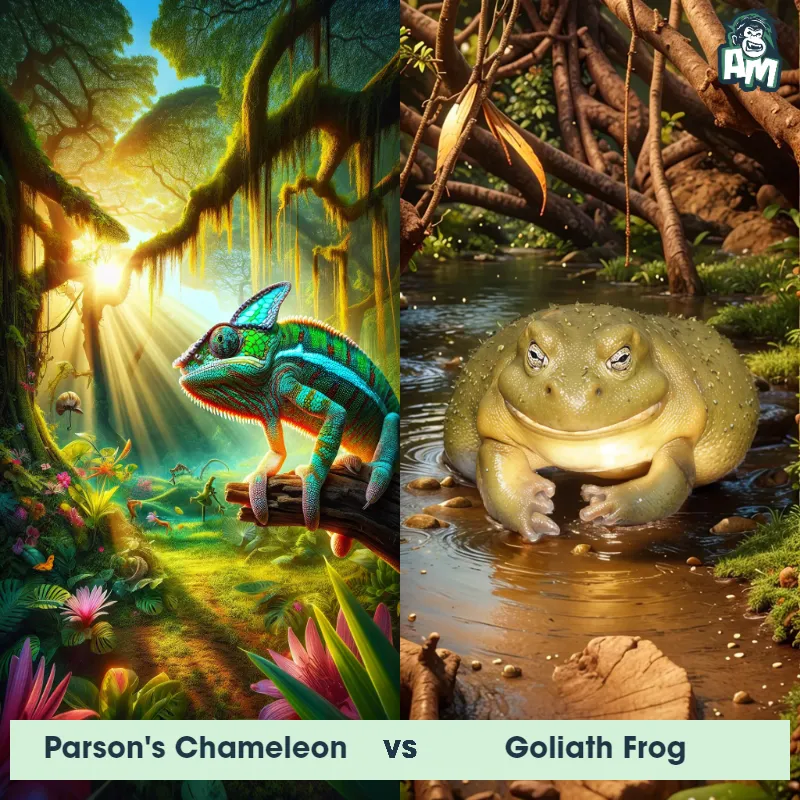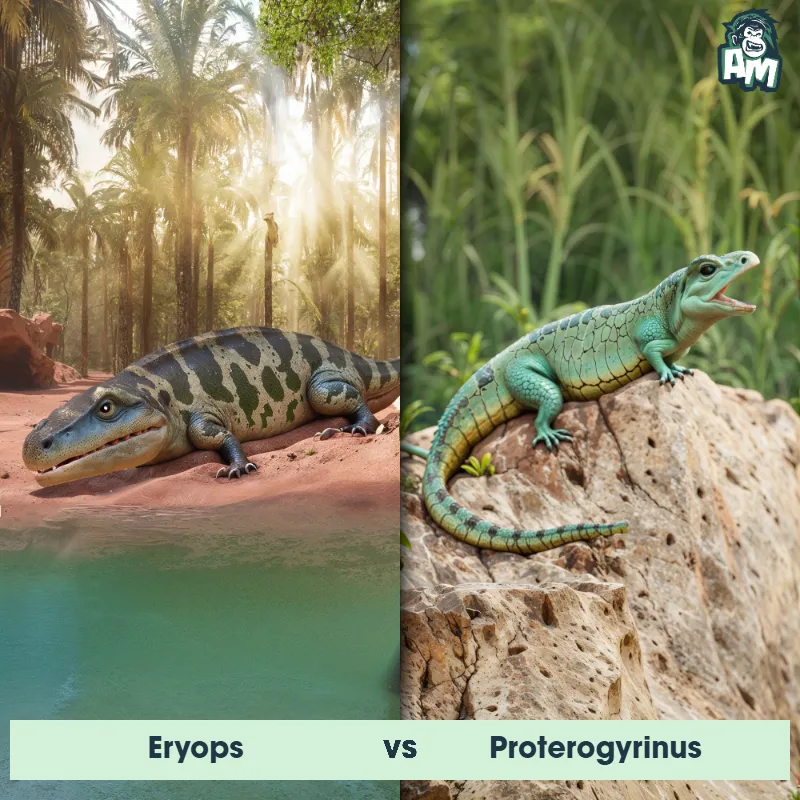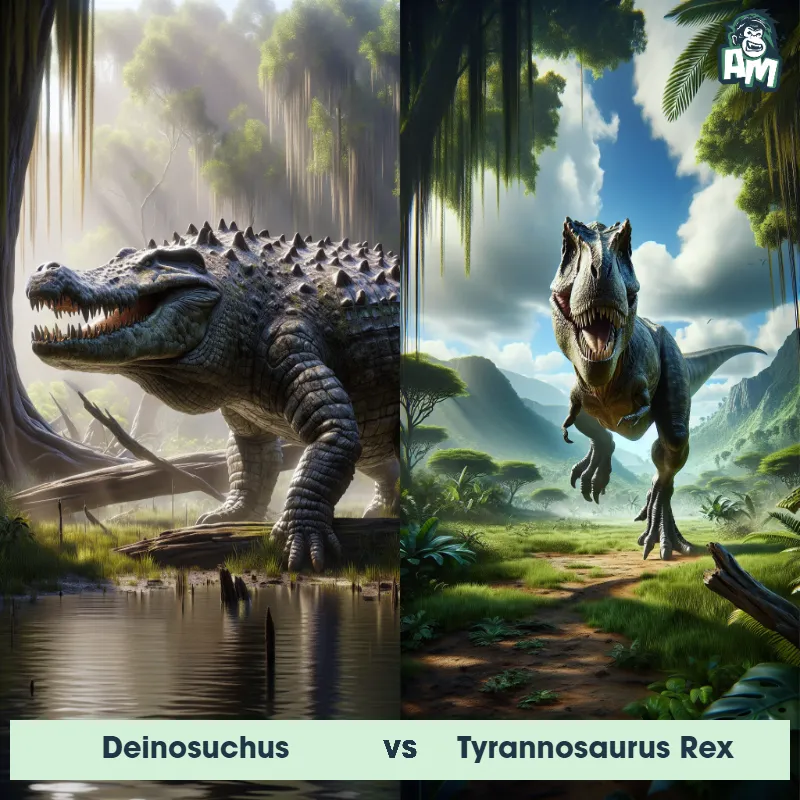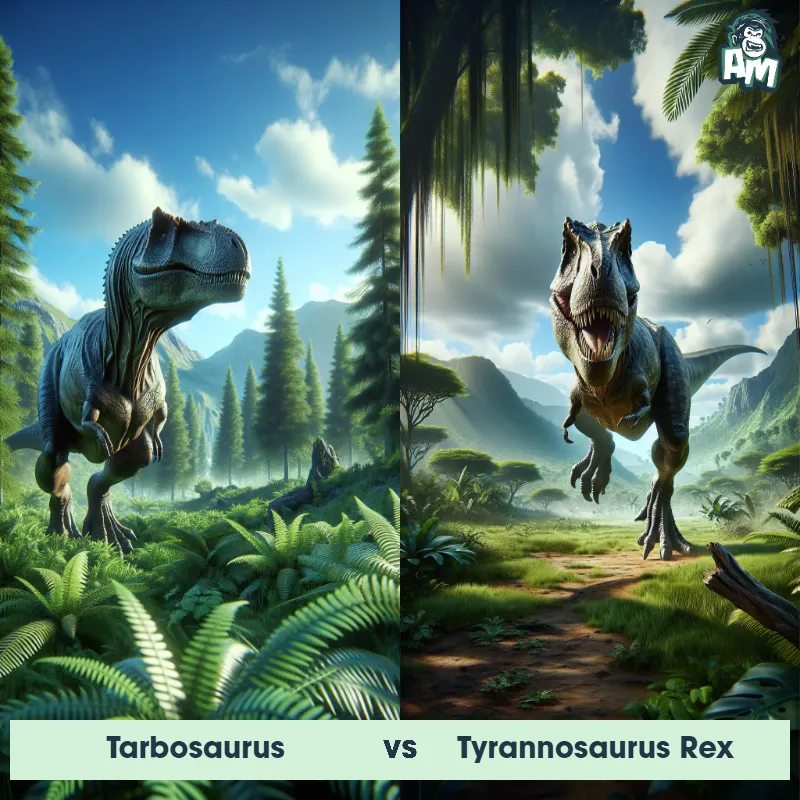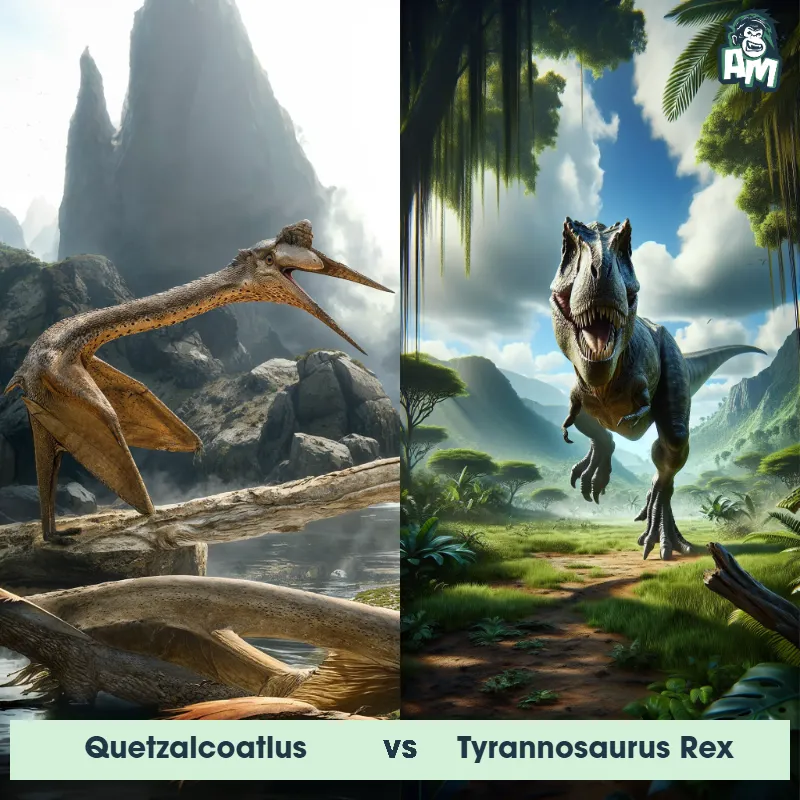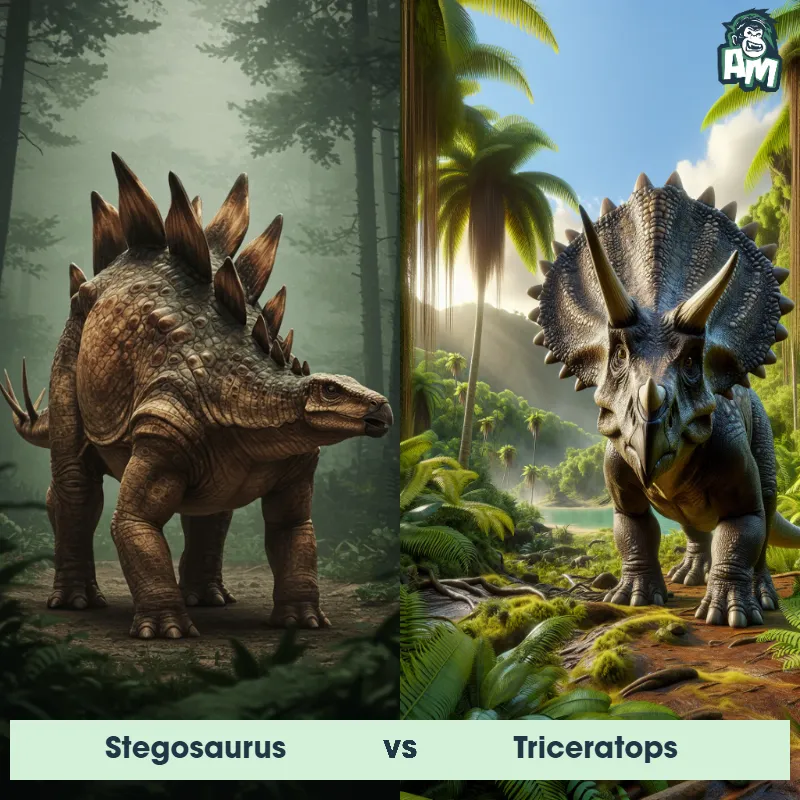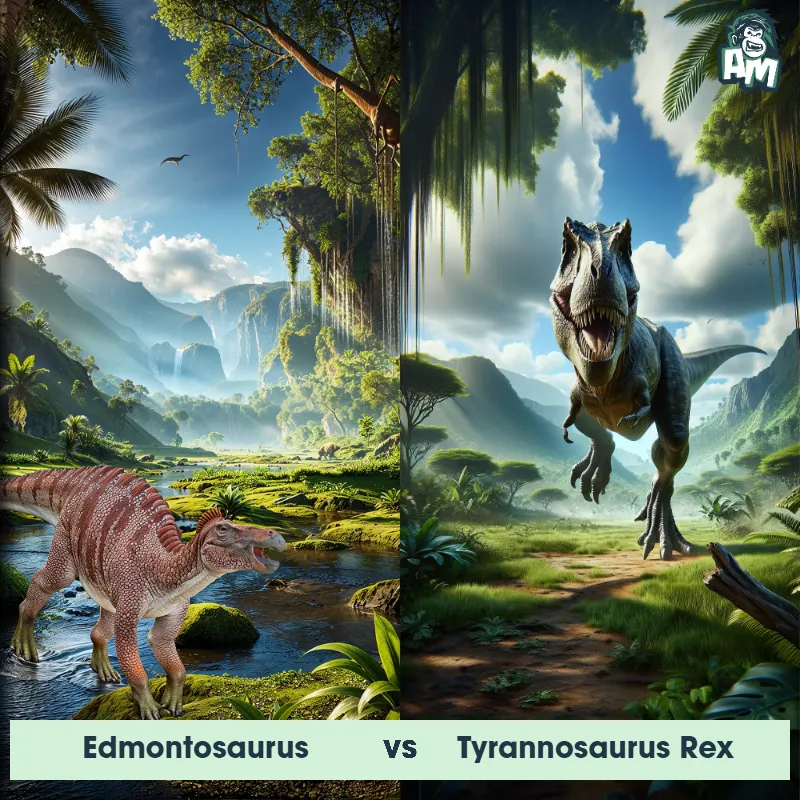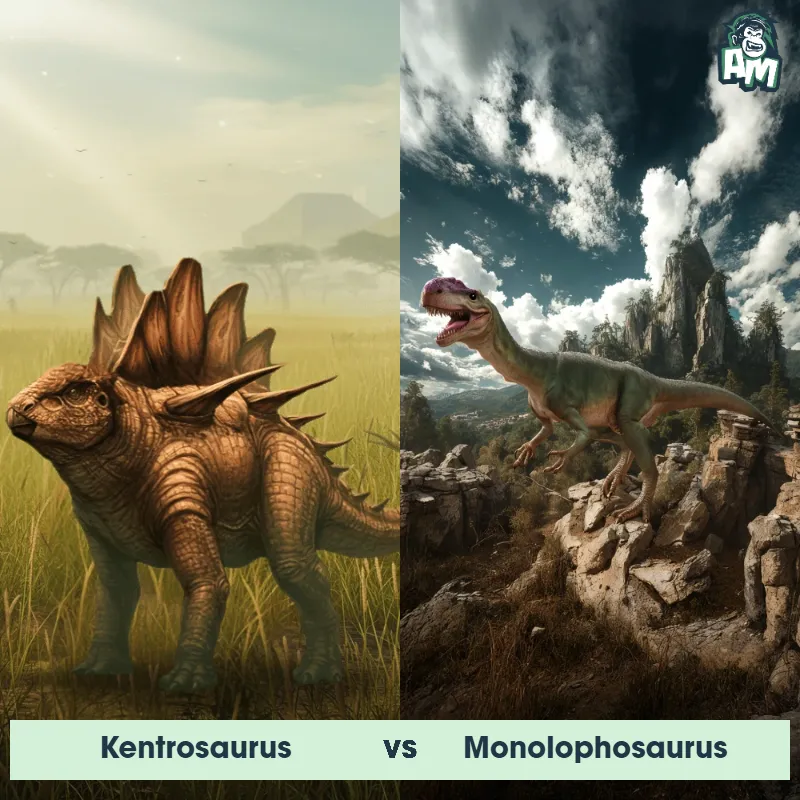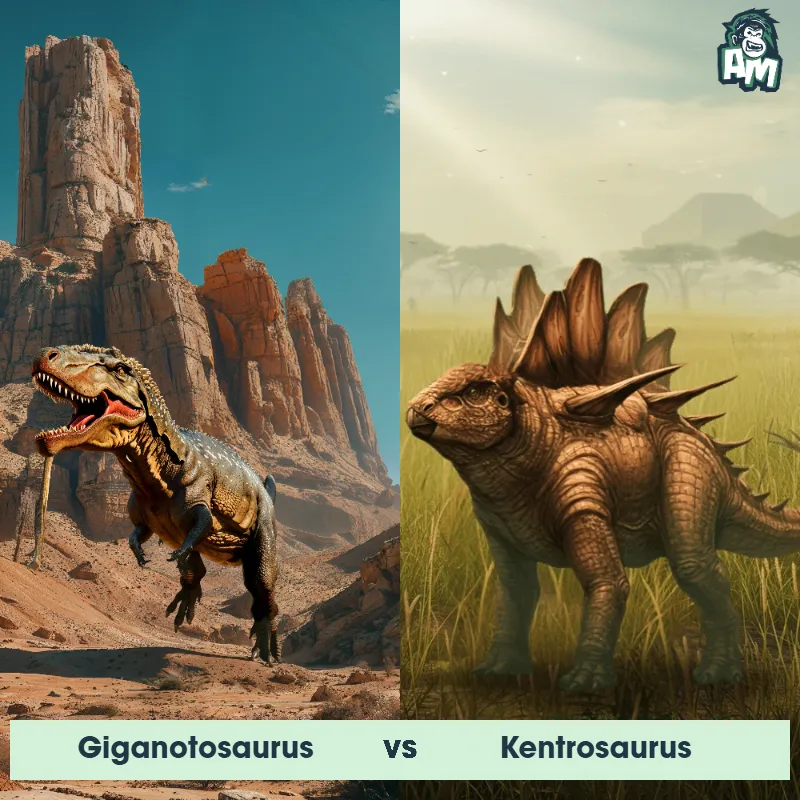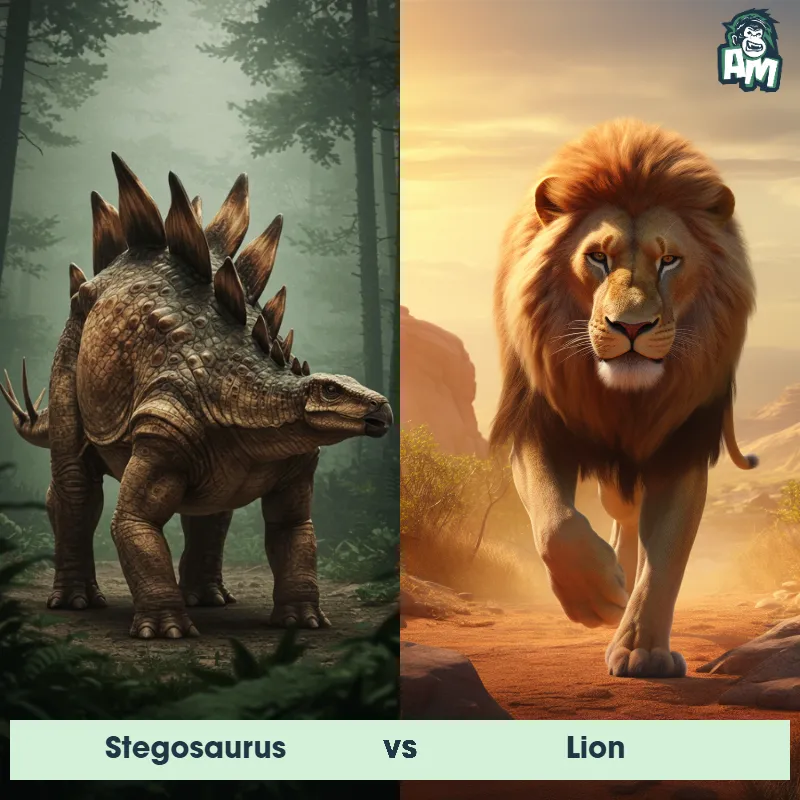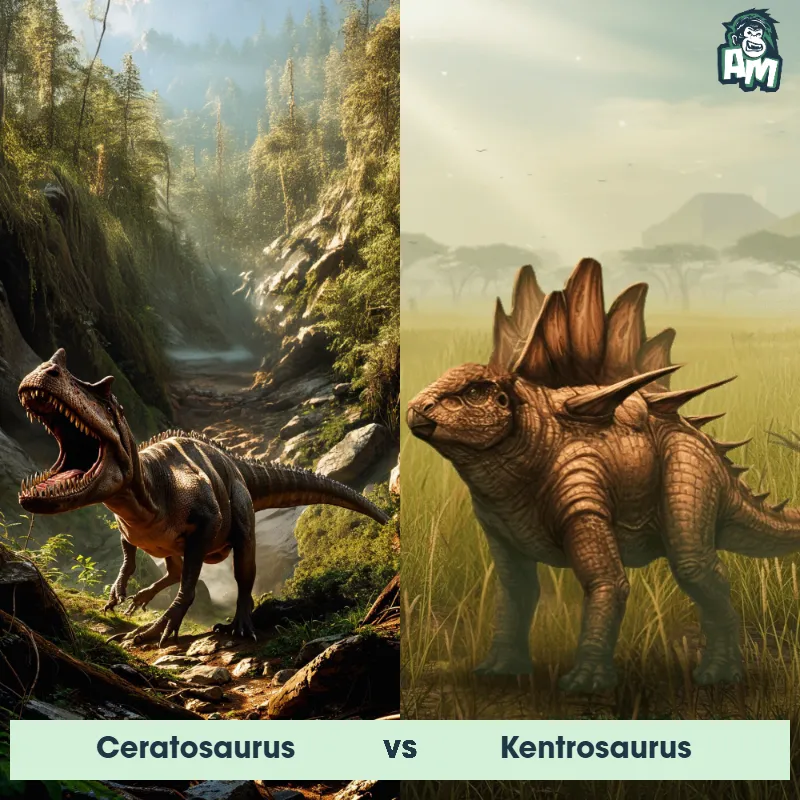Kentrosaurus vs Tyrannosaurus RexSee Who Wins
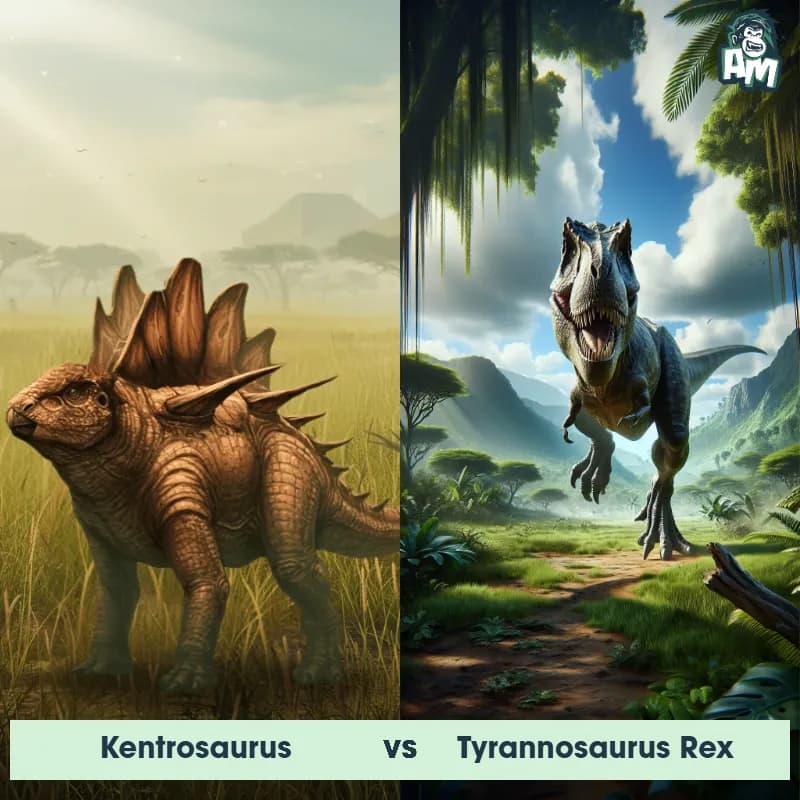
In the left corner, the spike-covered contender, ready to swing with brute force: the Kentrosaurus! And in the right corner, the formidable titan, known for its overwhelming power and mighty bite: the Tyrannosaurus Rex! The anticipation is high as these giants of prehistoric times face off in a clash of the ages!
Contender 1: Kentrosaurus
The Kentrosaurus, also known as the "Kentrosaurus aethiopicus," was a herbivorous dinosaur that lived during the Late Jurassic period. It was characterized by its long, sharp spikes that ran along its back and tail, providing protection against predators. This dinosaur had a small head, a bulky body, and stood on four sturdy legs.
Fun Fact: The Kentrosaurus had one of the longest tails compared to its body size of any known dinosaur, with the tail alone making up about half of its total length.
Contender 2: Tyrannosaurus Rex
The Tyrannosaurus Rex, also known as T-Rex, was one of the largest carnivorous dinosaurs to have ever roamed the Earth. With its massive size, powerful jaw, sharp teeth, and small arms, it was a fearsome predator during the late Cretaceous period. T-Rex had a bipedal stance and a strong tail that helped balance its body while hunting.
Fun Fact: The Tyrannosaurus Rex had an incredible bite force of around 8,000 pounds, which allowed it to easily crush bones of its prey.
Matchup Stats
| Kentrosaurus | Tyrannosaurus Rex | |
|---|---|---|
| Size | About 14 feet in length (4.3 meters) | 40 feet long (12 meters) |
| Weight | Around 1,100 pounds (500 kilograms) | 8 tons (7,260 kilograms) |
| Speed | 15-20 mph (24-32 km/h) | 10-25 mph (16-40 km/h) |
| Key Strength | Tail spikes for defense | Powerful jaws |
| Biggest Weakness | Small head and body size | Small arms |
Current Votes
Kentrosaurus vs Tyrannosaurus Rex
See Who Wins
View More Matches
Looking For More?
Similar Matches
Scientific Stats
| Kentrosaurus | Tyrannosaurus Rex | |
|---|---|---|
| Scientific Name | Kentrosaurus aethiopicus | Tyrannosaurus Rex |
| Family | Stegosauridae | Tyrannosauridae |
| Habitat | Land | Land |
| Geography | Africa | North America |
| Diet | Herbivorous | Carnivore |
| Lifespan | 20 years - 30 years | 20 years - 30 years |
Key Differences between Kentrosaurus and Tyrannosaurus Rex
- Size: Tyrannosaurus Rex was significantly larger, reaching up to 40 feet in length and weighing around 9 tons, whereas Kentrosaurus was smaller, about 15 feet long and weighed around 2 tons.
- Armor: Kentrosaurus possessed a series of bony plates and spikes along its back and tail for defense, while Tyrannosaurus Rex did not have body armor.
- Body: Kentrosaurus had a low-slung, quadrupedal form with a humped back, while Tyrannosaurus Rex had a bipedal stance with a horizontal body posture.
- Limbs: Tyrannosaurus Rex had strong hind limbs and small, two-fingered forelimbs, while Kentrosaurus had relatively longer forelimbs and shorter hind limbs.
- Skull: Tyrannosaurus Rex had a massive skull with large, sharp teeth suited for carnivory, while Kentrosaurus had a small head with a beaked mouth.
- Tail: Kentrosaurus had a long tail ending in two pairs of long spikes, whereas Tyrannosaurus Rex had a heavy, muscular tail without spikes.



